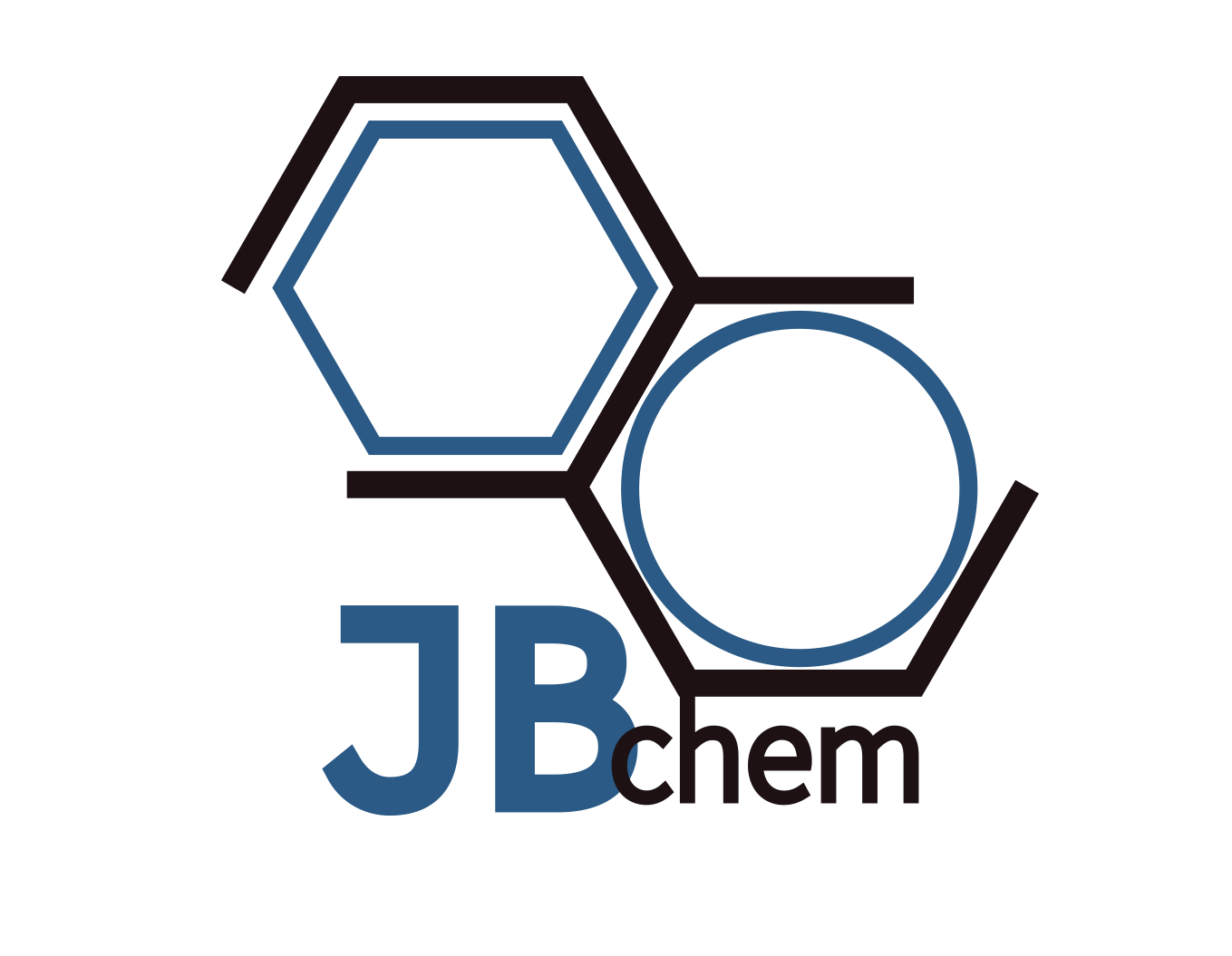Dysprosium Oxide Dy2O3
Product Properties
Product: Dysprosium Oxide
Formula: Dy2O3
Purity:99.9999%(6N) ,99.999%(5N), 99.99%(4N),99.9%(3N) (Dy2O3/REO)
CAS No.: 1308-87-8
Molecular Weight: 373.00
Density: 7.81 g/cm3
Melting point: 2,408° C
Appearance: White powder
Specification of Dysprosium Oxide
| Dy2O3 /TREO (% min.) | 99.9999 | 99.999 | 99.99 | 99.9 | 99 |
| TREO (% min.) | 99.5 | 99 | 99 | 99 | 99 |
| Loss On Ignition (% max.) | 0.5 | 0.5 | 0.5 | 1 | 1 |
| Rare Earth Impurities | ppm max. | ppm max. | ppm max. | % max. | % max. |
| Gd2O3/TREO Tb4O7/TREO Ho2O3/TREO Er2O3/TREO Tm2O3/TREO Yb2O3/TREO Lu2O3/TREO Y2O3/TREO | 0.1 0.2 0.2 0.3 0.1 0.1 0.2 0.2 | 1 5 5 1 1 1 1 5 | 20 20 100 20 20 20 20 20 | 0.005 0.03 0.05 0.01 0.005 0.0052 0.012 0.005 | 0.05 0.21 0.3 0.3 0.3 0.3 0.32 0.05 |
| Non-Rare Earth Impurities | ppm max. | ppm max. | ppm max. | % max. | % max. |
| Fe2O3 SiO2 CaO CuO NiO ZnO PbO Cl- | 1 10 10 5 1 1 1 50 | 2 50 30 5 1 1 1 50 | 10 50 80 5 3 3 3 100 | 0.001 0.015 0.01 0.011 | 0.003 0.03 0.031 0.02 |
Application of Dysprosium Oxide
Magnets: Dysprosium oxide is used to make dysprosium-iron alloys for neodymium-iron-boron (NdFeB) permanent magnets. Adding dysprosium improves the magnets’ performance, especially their high-temperature stability, which is crucial for applications in electric vehicles, wind turbines, and other high-performance motors.
Nuclear Reactors: The high neutron absorption capability of dysprosium oxide makes it useful in the control rods of nuclear reactors. Control rods are critical for maintaining the fission reaction at a safe and stable level.
Ceramics and Glass: Dysprosium oxide is added to ceramics and glass to modify their properties for specialized applications. In ceramics, it can enhance mechanical strength and thermal resistance. In glass, it can be used to absorb infrared light, making it useful for protective eyewear and filters in laser operations.
Phosphors and Display Technologies: Dysprosium oxide is used in the manufacturing of phosphors that are essential for color television tubes, fluorescent lamps, and LEDs. It contributes to the emission of bright, white light, improving the color range and brightness of displays.

